| Image | Product | Price |
|---|---|---|
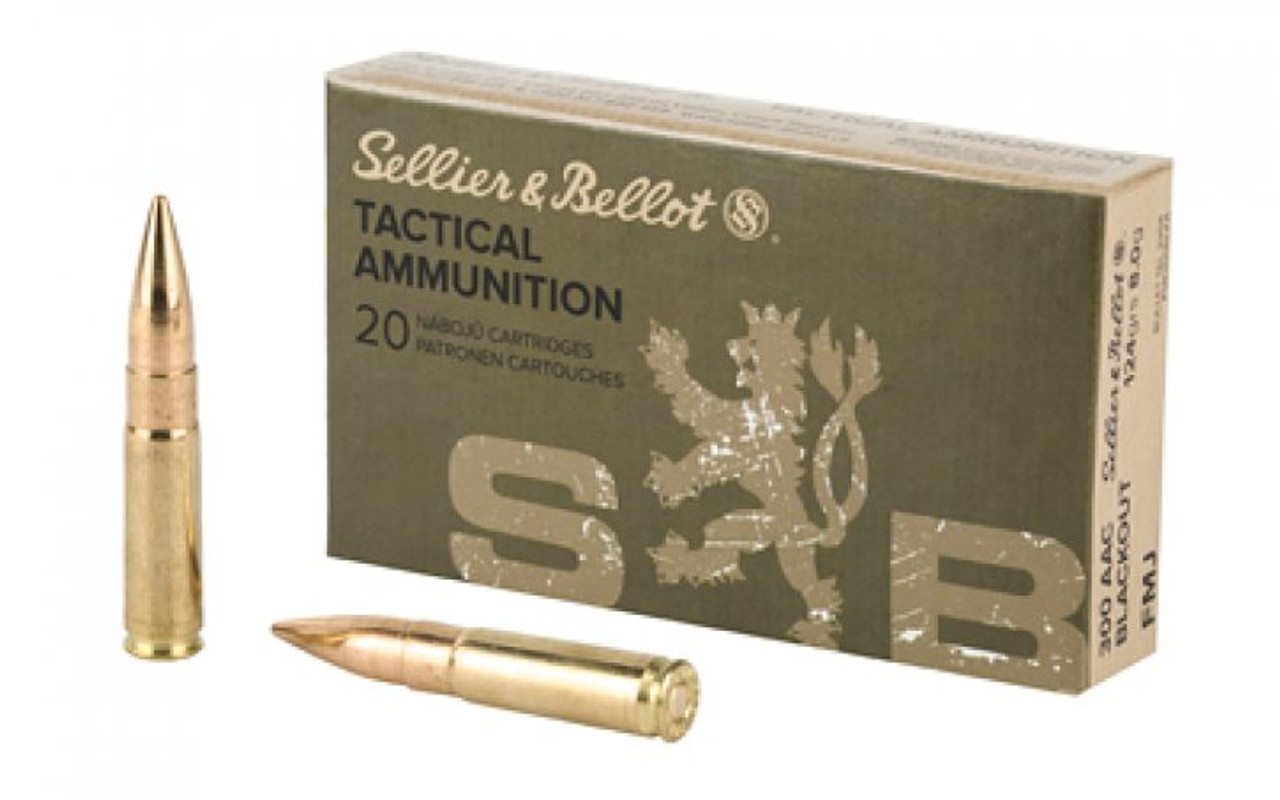 | Check Price | |
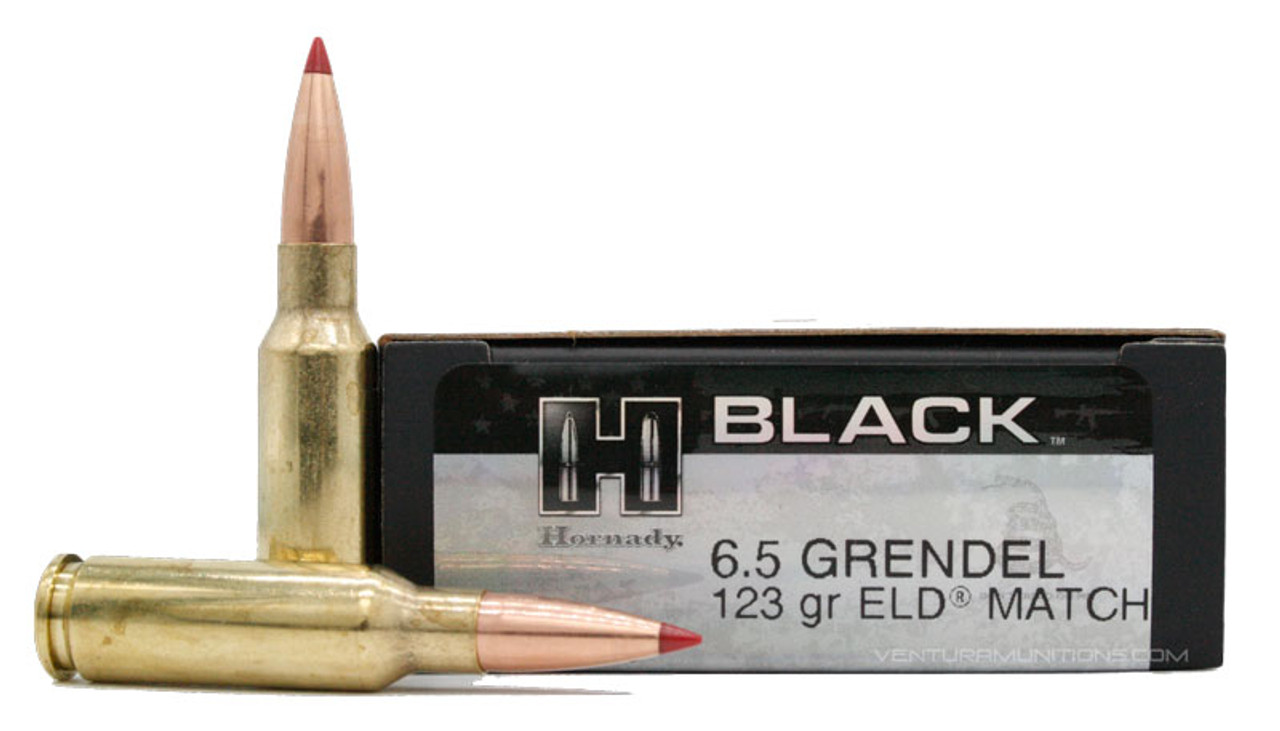 | Check Price | |
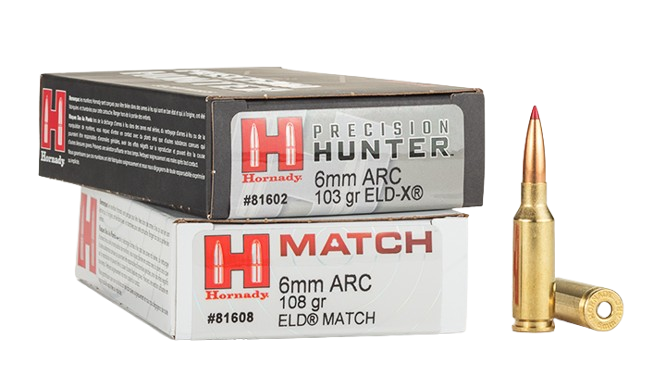 | Check Price | |
 | Check Price | |
 | Check Price | |
 | Check Price | |
 | Check Price | |
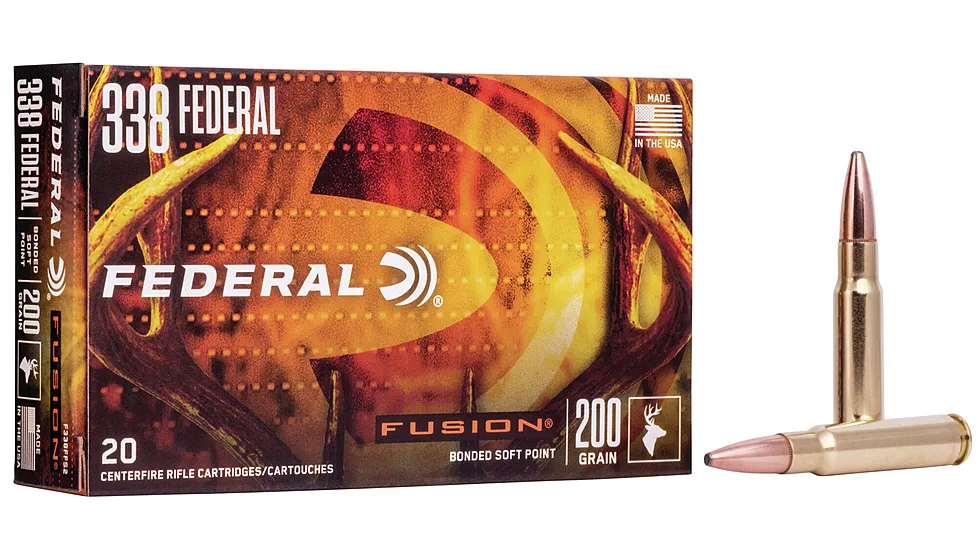 | Check Price |
Modern sporting rifles, particularly the AR-15 and AR-10 platforms, have become increasingly popular among civilian shooters, hunters and competitive marksmen. The .223 Remington and its military counterpart, the 5.56x45mm NATO, are the most common chamberings for AR-15 rifles. These cartridges offer low recoil, flat trajectories and good accuracy at moderate ranges. However, the growth of additional chamberings in MSRs continues to gain momentum. We’ll explore several of the top chamberings for AR-15 and AR-10 rifles, including their unique characteristics and ideal uses.
AR-15 Chamberings
.300 AAC Blackout
Developed to provide .30-caliber performance in the AR-15 platform, the .300 Blackout has gained popularity for its versatility. It offers similar ballistics to the 7.62x39mm cartridge but can be used with existing AR-15 magazines and bolts. The .300 Blackout excels in AR pistols and short-barreled rifles and is particularly effective when used with suppressors. It’s an excellent choice for home defense and hunting medium-sized game at more moderate ranges. The ability to use both supersonic and subsonic loads adds to its flexibility.
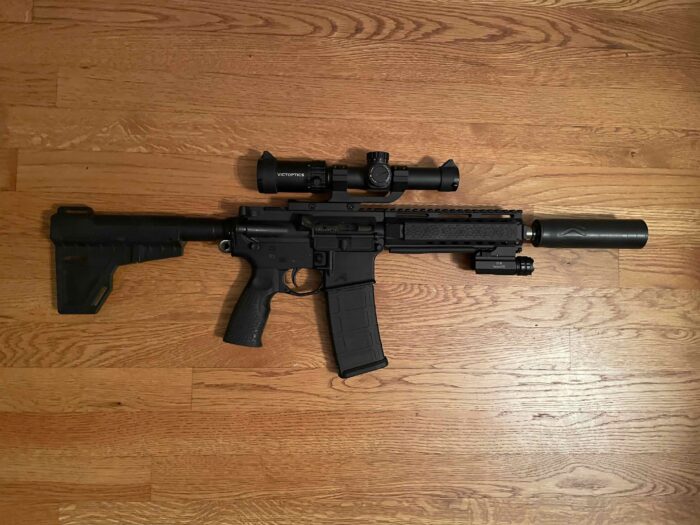
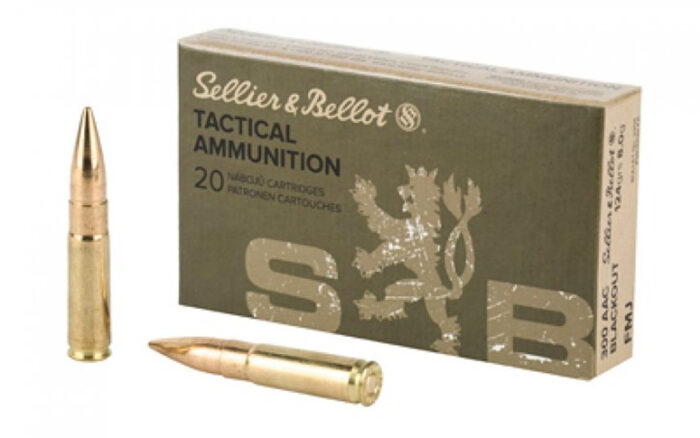
6.5 Grendel
The 6.5 Grendel was designed to enhance the long-range capabilities of the AR-15 platform. It offers excellent accuracy and retained energy at extended ranges, making it a popular choice for long-range target shooting and hunting medium-sized game. The 6.5 Grendel provides a flatter trajectory and better wind resistance compared to the .223 Rem., while still maintaining manageable recoil. This cartridge is particularly favored by those who want to stretch the capabilities of their AR-15 without moving to a larger rifle.
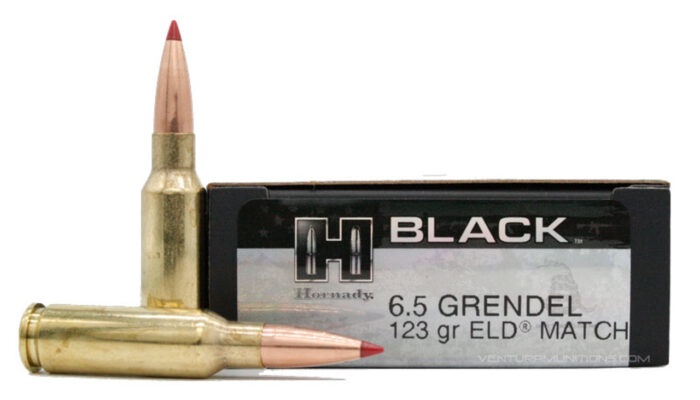
6mm ARC (Advanced Rifle Cartridge)
One of the newer entries in the AR-15 chambering lineup, the 6mm ARC, was developed to offer enhanced long-range performance and terminal ballistics. It provides an excellent balance of velocity, energy and recoil, making it suitable for a wide range of applications including long-range target shooting, hunting predators and medium-sized game as well as tactical use. The 6mm ARC offers better ballistics than the 6.5 Grendel while fitting in the same magazine capacity, making it an attractive option for those seeking maximum long-range performance from the AR-15 platform.
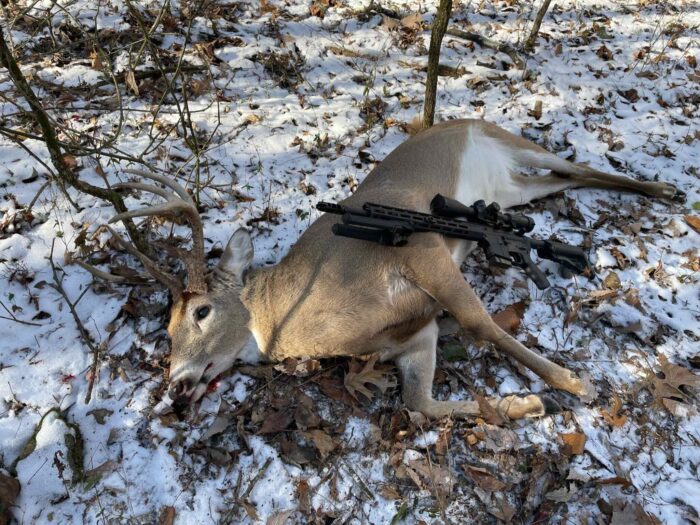

.22 ARC (Advanced Rifle Cartridge)
The .22 ARC (Advanced Rifle Cartridge) is a relative newcomer to the AR-15 platform, designed to offer improved performance over the .223 Rem. while maintaining compatibility with standard AR-15 components. It pushes a .224-inch bullet at higher velocities than the .223 Rem., resulting in flatter trajectories and increased energy at longer ranges. The .22 ARC is particularly well-suited for varmint hunting and long-range target shooting, offering reduced wind drift and improved terminal ballistics compared to the .223 Rem. While it’s still gaining traction in the market, the .22 ARC represents an interesting option for shooters looking to enhance their AR-15’s capabilities to .22-250 performance levels without significant modifications.
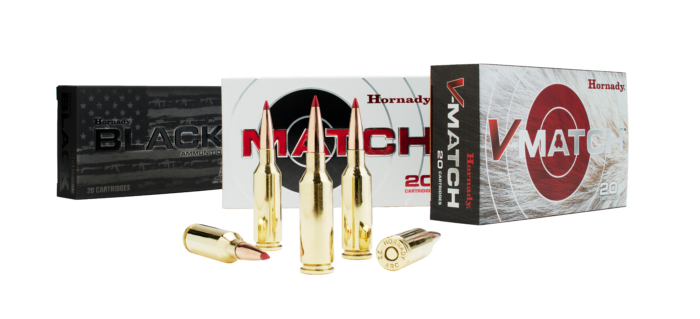
AR-10 Chamberings
.308 Winchester / 7.62x51mm NATO
The .308 Winchester and its military equivalent, the 7.62x51mm NATO, are the most common chamberings for AR-10-style rifles. This cartridge offers more power than traditional AR-15 chamberings, making it suitable for long-range target shooting, big game hunting, and tactical applications. The .308 provides excellent accuracy and energy retention at extended ranges, though at the cost of increased recoil and reduced magazine capacity compared to smaller cartridges. Its widespread availability and proven performance make it a popular choice for AR-10 users.

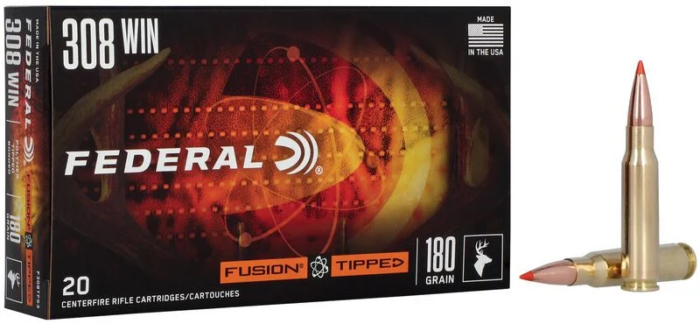
6.5 Creedmoor
In recent years, the 6.5 Creedmoor has surged in popularity for both bolt-action and semi-automatic rifles, including the AR-10 platform. It offers superior long-range ballistics compared to the .308 Win., with a flatter trajectory and better wind resistance. The 6.5 Creedmoor excels in long-range target shooting and has become increasingly popular for hunting applications. It provides an excellent balance of accuracy, range and moderate recoil, making it a versatile choice for the AR-10 platform.
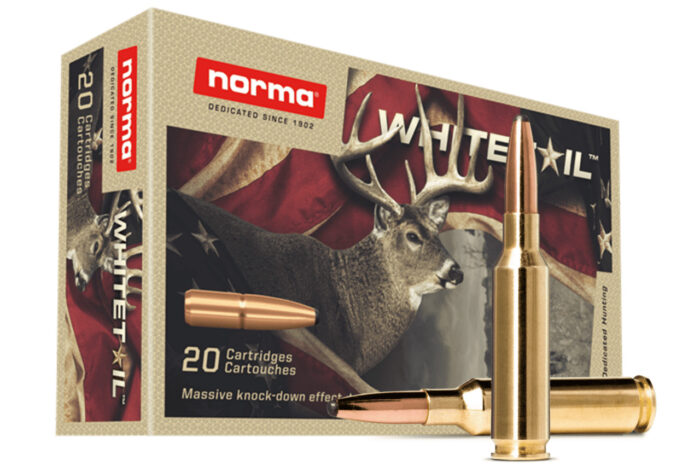
.243 Winchester
For those looking for a lighter-recoiling option in the AR-10 platform, the .243 Winchester is an excellent choice. It offers a flat trajectory and good accuracy, making it suitable for long-range target shooting and hunting varmints to medium-sized game. The reduced recoil of the .243 Win. can be beneficial for smaller-statured shooters or those who are recoil-sensitive. While it may not have the same long-range capabilities as some larger calibers, it provides a good balance of performance and shootability.
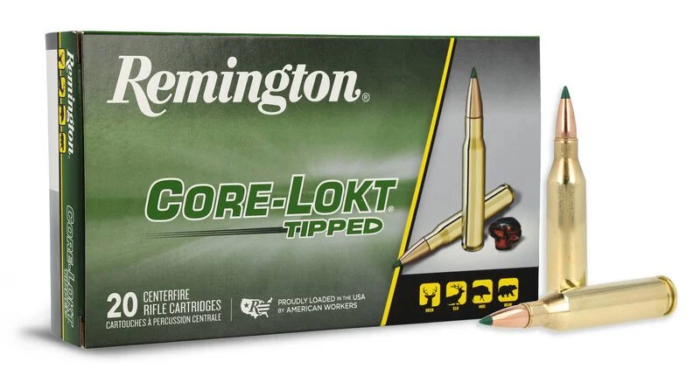
.338 Federal
For those seeking maximum power from the AR-10 platform, the .338 Federal offers an interesting option. Based on the .308 Win. case necked up to .338 caliber, this cartridge provides excellent energy and terminal performance for hunting large game. It offers better penetration and energy transfer than the .308 Win., making it suitable for taking larger animals at moderate ranges. However, the increased recoil and reduced magazine capacity may make it less ideal for target shooting or tactical applications.
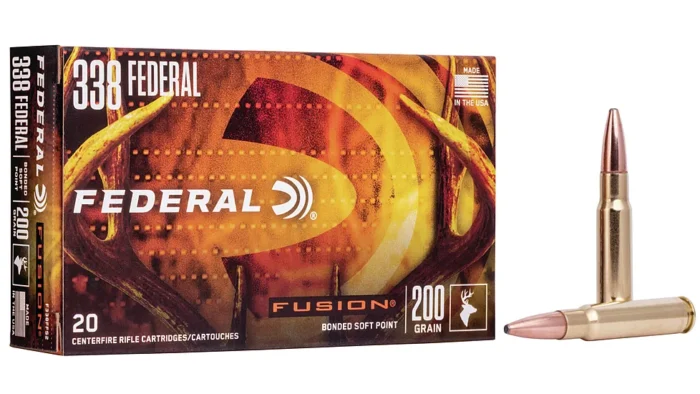
Making Your Choice
The wide variety of chamberings available for modern sporting rifles allows shooters to tailor their firearms to their specific needs and preferences. Whether you’re looking for a versatile all-around performer, a long-range precision tool or a hard-hitting hunting rifle, there’s likely a chambering (or two) that fits your requirements. New cartridges like the 6mm ARC and .22 ARC are pushing the boundaries of what’s possible with the smaller AR-15 platform. In the AR-10 world, the .308 Winchester/7.62 NATO is a popular all-around choice, while the 6.5 Creedmoor has gained significant traction for its superior long-range performance.
Ultimately, the best chambering for your modern sporting rifle will depend on your intended use, shooting environment and personal preferences. Consider factors such as desired effective range, recoil tolerance, rifle weight, ammunition availability and terminal performance when making your selection. Also, consider the right optic for your chambering and intended use. With the right chambering and optic, your MSR can be an incredibly versatile and effective tool for your intended shooting applications.
Check out Ammo To Go, the ammunition retail sponsor of TTAG, for all of your ammunition needs.

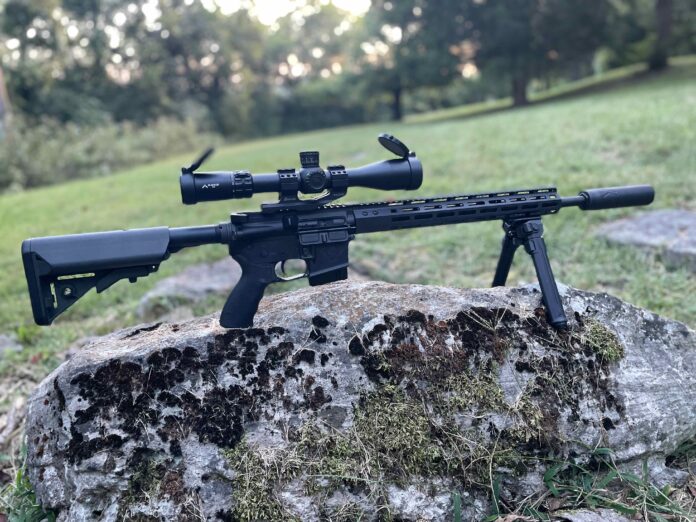


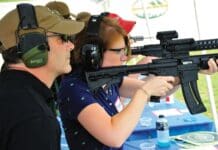
The one upside for all the crazy NY restrictions that impact AR ownership, by the time I can look into any nonstandard calibers the development and known issues will be very well developed.
I already have an AR I can’t shoot in ILLANNOY without great peril. And lots of 556 ammo. All those mentioned calibers are much pricier. I may get a 308 bolt gat though.
If you don’t get into reloading 308 would be the best bet to go with 5.56, 9mm, 22lr, 12ga. There is some wiggle room for other options but unless we are a widespread increase in other calibers these will have the economy of scale for lower prices when available and the priority of production when panic hits and restocks are slow. If it goes full shutdown no fun allowed………well 19th century comes to mind.
Remember when Walmart got rid of their “deadly” mass shooting calibers? They ditched handgun and 5.56 ammo. They still have .308.
“I may get a 308 bolt”
Hard to beat, especially if you handload – the ballistic equivalent of 300 blk to 30 ’06 is at your beck and call.
Or even if you don’t – factory ammo ranges from 100 – (iirc);220 gr.
Lightest .308 factory ammo I’ve seen on shelves in the last 10 years is usually 110g. Varmint ammo like Nosler Varmageddon. Heaviest .308 I’ve come across is Atomic Ammunition’s 220g subsonic. Though I just checked their website and they are showing that they are making 260g 😲 subsonic .308 offerings.
I find it odd .243 is mentioned here. Remington admittedly did make them commercially but still it doesn’t strike me as a super common caliber to have in an AR-10 type platform. I have one and absolutely love it. I wish I’d have gotten a longer barrel with a rifle+2 or rifle+3 gas instead of 18″ with rifle length gas. Oh well, it still runs awesome and I’ve run multiple different weights of bullets through it. Every round of factory ammo I’ve tried from 55 to 100 (I may have tried 105s?) worked flawlessly.
.338 Federal isn’t common either, but I think it’s interesting. I’d say this is a case of an article built around an advertisement. A .243 AR-10 sounds cool too.
I agree on it.
The big shortcoming of my setup is that I can’t run Ramshot Magpro, I just think the powder is too slow and the pressure curve is wrong. IMR7828 works fine though. That’s why I want more gas. Overall it shoots well and is a blast. It was my son’s first gun to shoot at all of 7YO. Obviously he didn’t do it as a standing shot, but he shot it well. She shoots like an absolute kitten honestly.
338 fed was the big round for AR (supposedly) when I went on deployment. When I came back I had trouble finding any reference to the caliber. At least with 243 you can point at 6mm Creedmore as taking it’s place (sorta). Realistically 300 blackout for anything near term to keep reloading/bullets/magazines simple.
Seems everyone loves the 300 blackout but if I were to go that route I would go with the 300HMR.
The biggest problem with 243 is the factory loadings suck for target stuff honestly. They are admittedly a LOT better than they used to be. Now then if you want nice hunting ammo there’s actually a decent selection now with good BCs.
The other problem is that certain 115/107gr bullets are past mag length which is important for people wanting to go long range. Probably less of a problem in an AR in general than a bolt gun but still a thing. I have a bunch of Nosler Custom Competition 105gr I need to make some test ammo with.
I’d prefer a 260, but with a shorter case it’s 6.5 Creedmore.
former, I didn’t know that there were people standing on top of the dirt that didn’t own a turn bolt in .308 Winchester. Preferably one with controlled round feed.
How many current mass production controlled feeds are there with post Biden pricing under 1k? Not complaining just pointing out budget and availability probably make your discovery a lot more common than you realize
what, no .224 Valkyrie?
Agreed. I built an AR for .224 Valkyrie for long range and just love it.
Safe, controlled round feed notwithstanding, hardly any decent any decent rifle is less than $1000 today. Do not misunderstand, I own push feed rifles also. They give very good service. I tend to prefer the Winchester model 70 stainless classic for a controled round feed. I own two in .308. Both have been heavily customized. In push feed I like a Remington 700. Also in stainless, although I think I own at least one blue/walnut 700. Deer tremble when I load any of them.
Oh I know but what I am getting at is the majority of what has been sold for the last 20 odd years I have seen with bolt rifles outside of milsurp has been sub $1,000 (lot closer to if not over it now) push feed Savages, Rugers and rem 700+clones. And the Savage is perfectly capable for whatever the sub $500 price it is now with glass for hunting. Not nice but as you point out nice takes money that many if not most prospective gun owners barely have. Been looking at a few 375 Ruger options but budget comes first.
I have a Ruger American in .308, and the bolt and off-brand Leupold glass is adequate. I squeezes the trigger, the deer goes down. My nephew squeezes, the deer goes down. Under $500 a few years ago.
Don’t have much use for smoother bores and gooogly-glass.
Food on the table.
Caliber choice for any rifle platform (especially AR-10 and AR-15) is a tough proposition. There are so many trade-offs with any of them.
Some of the obvious trade-offs:
5.56x45mm NATO —
Widely available, inexpensive, low recoil, greatest ammunition capacity for a given weight, and great for poking small holes in attackers out to about 600 yards. And probably available everywhere if you are scavenging in an end-of-the-world scenario. Of course this cartridge lacks “stopping power” at ranges beyond 200 yards or so.
7.62x51mm NATO (a.k.a. .308 Winchester) —
Widely available, bulk full-metal-jacket less expensive than other larger calibers, and great for poking fairly large holes in attackers out to about 800 yards. And probably available almost everywhere if you are scavenging in an end-of-the-world scenario. Of course this cartridge generates significant recoil and is the heaviest ammunition for an AR platform rifle.
All other cartridges —
Better terminal performance than 5.56x45mm NATO at all ranges and significantly better terminal performance beyond 200 yards. Not as much recoil and not as heavy as 7.62x51mm NATO and some even perform better than 7.62x51mm NATO beyond 800 yards. Of course other cartridges are heavier and generate more recoil than 5.56x45mm NATO and they are significantly more expensive. Finally, they could be widely UNAVAILABLE in an end-of-the-world scenario.
Choose wisely.
I want to add a simple consideration to my above comment.
If you are defending yourself and your family from roving bands of marauders in a societal collapse scenario, any caliber is fine and 5.56x45mm NATO would be the preferred choice since you can carry the most amount of ammunition for a given weight and you would have the greatest chances of resupply while scavenging. (Roving marauders will not want to chance any wound from any caliber since there would be no healthcare available in a societal collapse scenario. Thus the weak stopping power of 5.56x45mm NATO cartridge is not a drawback.)
If you are defending yourself and your family–and possibly even your community–from military invasion, you probably want larger calibers with dependable terminal performance at intermediate ranges. That argues against 5.56x45mm NATO, therefore some of the less well-known 6mm or 6.5mm calibers may be ideal, with 7.62x51mm NATO also potentially being ideal since you would have better odds of resupply over 6mm or 6.5mm calibers.
Wild how the zombie craze and later SHTF popularization really hammered several of those ideas home. Shame it lead to 22lr hoarding but what can you do.
SAFEupstateFML,
“Shame it lead to 22lr hoarding but what can you do.”
What can you do? Hoard it now while the prices are somewhat low again. (If you are careful, you can catch bulk .22 LR on sale for about 5 cents per round.)
Buy early often and cheaply as possible is the advice I give until someone starts asking about reloading. Then the math equations and personality questions come out.
The msr label makes as much sense as calling a model t modern. When Stoner was designing the AR he probably drove a 55 Chevy to work. The msr label is not only insulting it is a fudd’s attempt to appease Gun Control zealots, as if it is necessary to appease sickos carrying around an agenda History Confirms is Rooted in Racism and Genocide.
TRUMP/VANCE 2024.
I bet if a person were to neck up the .22ARC to .30 it would make a nice cartridge in the MSR AR platform.
Dduly elected official,
That is a great idea! We could call it .300 AAC Blackout!!! : p
🤣
.22ARC is a necked-down Grendel and has no relation to .300BLK (necked-up .221 Fireball).
A necked-up ARC would be a 7.62×39 Improved.
.300 Whisper came before Blackout, it was a JDJ round for suppressed use. Before that, it was a wildcat meant to work around 3 Gun rules banning anything other than .30, which only Real Men shot back then. It was summarily tossed from the field at the First SOF Invitational Challenge despite it being “legal” according to the rules because it was well known, and later thoroughly demonstrated that the AR15 could put more accurate hits repeatedly in rapid fire. That’s why it dominates Service Rifle matches to this day.
Any and all cartridges that are not issue fall into the “commercial” categore and it’s rare to see prices less than $20 a box retail – steel case from eastern Europe being the rare source now. From there, with inflation, you can see prices past $55 for 20 on some of these loads, and with planograms in stores suffering restricted shelf space, things like 6.5 Creedmore shove other popular rounds off the shelf, especially in metro stores. Out in rural America others are still used – like, 6.8SPC – but the mainstream influencers don’t get paid to promote them.
Hence this list.
NRA’s Shooting Illustrated did a comparison of the 5.56, 6.8SPR and .308 all in AR platforms. Same optic. Then they ran drills. The times between each difference were in the 0.00s. They found recoil management seemed to be more dependent on the shooter than the round.
Hmmm… let’s see.
.204 Ruger (phenomenal), couple/three 5.56’s (mostly average), .223 Wylde heavy barrel (tack driver with 77 grainers), three .300BLK’s (pistol one giving me cycling issues), .308 24″ bull barrel (bench only, too heavy for hunting). .308 18″ carbine (my goto), and a .460 S&W (.45 Raptor). Oh yeah, and a 9mm carbine.
I think I’ve got all my MSR bases pretty much covered. Good thing I accumulated before retiring.
No 6.8 SPC??
Great round. 110 gr bullet with more range than 5.56. Very/most popular hog hunting round in Texas. Why not included?
Comments are closed.